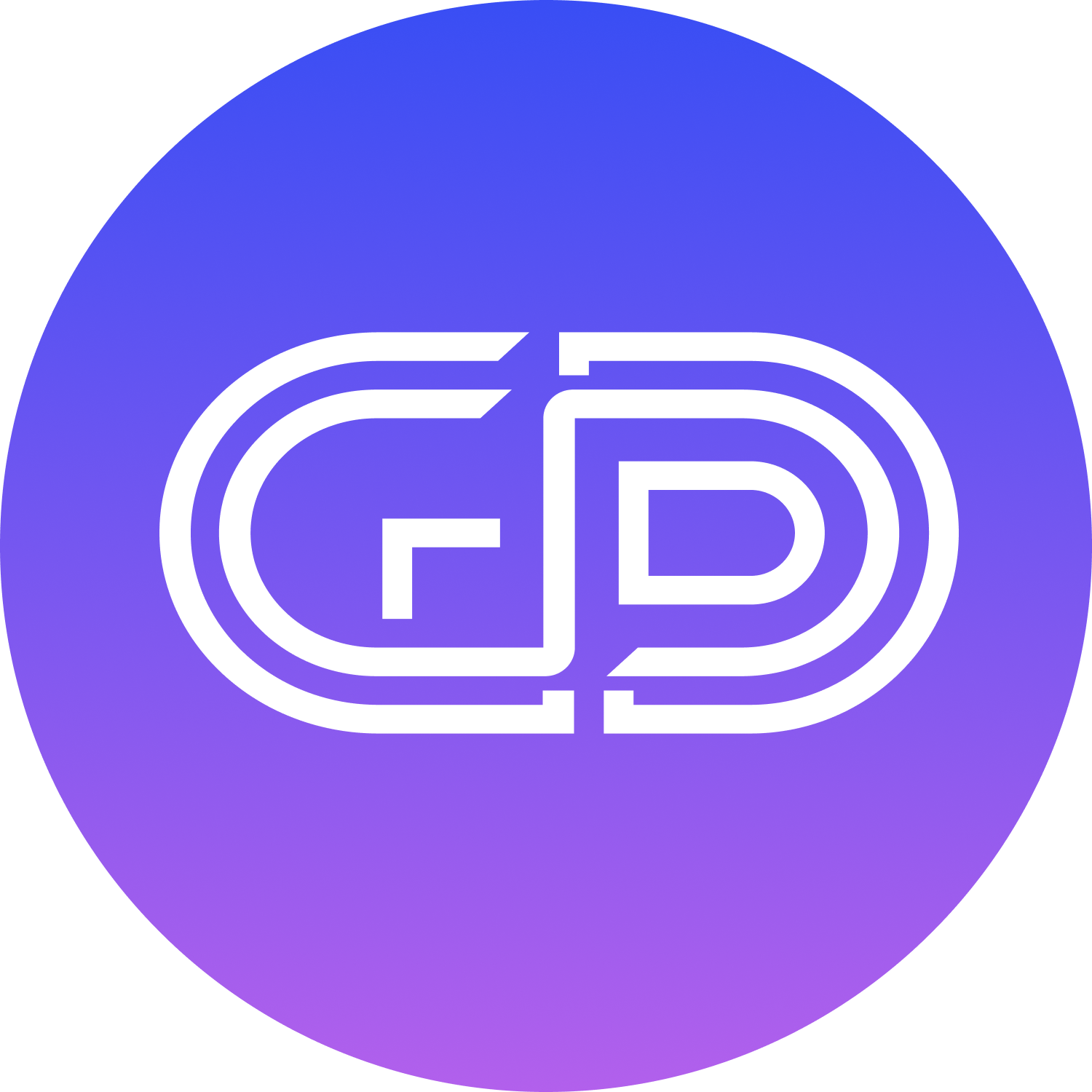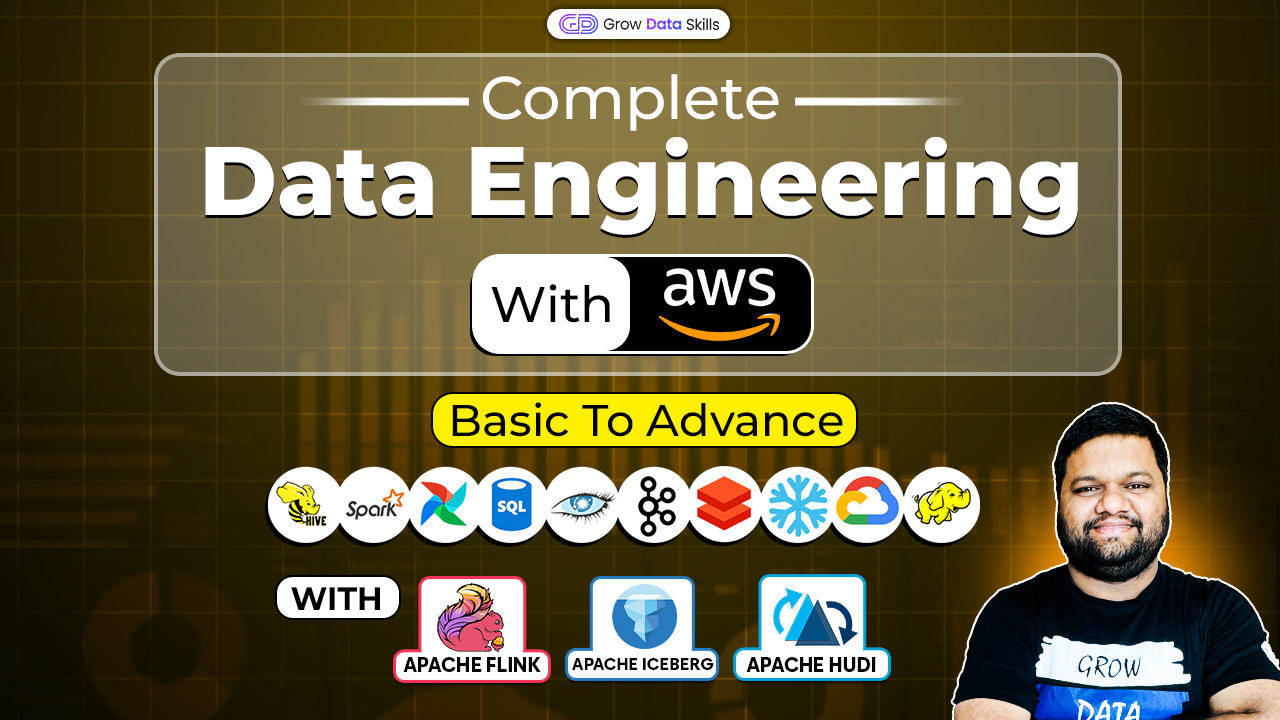Hey there! So, you’re thinking about diving into the world of data science? That’s awesome! It might seem a bit overwhelming at first, but don’t worry, I’ve got your back. Let's break it down together, step by step.
Alright, let’s start with the basics.
You need a mix of programming, math, and some special data science tools. Sounds fun, right? Here’s how we’re going to do it.
1. Python - Basic Understanding of OOPs:
Duration: 45 days (2 hours daily)
First things first, we’ll get you comfortable with Python. It’s like learning the language ofdatascience.
We’ll spend about 45 days on this, dedicating just 2 hours each day. Sounds manageable, right?
Weeks 1-2: Let’s kick off with the basics. You’ll learn about variables, data types, and how to control the flow of your programs with if-else statements and loops.
Weeks 3-4: Next, we’ll dive into data structures like lists, dictionaries, sets, and tuples.
Week 5: Then, we’ll explore functions and modules. These are like the building blocks of your Python code.
Weeks 6-7: Now, onto the fun part—Object-Oriented Programming (OOP). We’ll learn about classes and objects, and concepts like inheritance and polymorphism.
Weeks 8-9: To wrap it up, we’ll build a couple of small projects. Maybe a simple web scraper or a CRUD application using Flask.
Tools: We’ll be using Jupyter Notebook for all our Python practice. It’s super user-friendly and perfect for beginners.
2. Python Libraries:
Duration: 10 days
Next up, we need to get comfy with some essential Python libraries. These are the tools that make data manipulation and visualization a breeze.
NumPy (Day 1-2): We’ll start with NumPy. It’s all about arrays and numerical computations.
Pandas (Day 3-5): Then we’ll move on to Pandas for data manipulation. Trust me, you’ll love how easy it makes handling data.
Matplotlib (Day 6-7): Finally, we’ll use Matplotlib for basic plotting. Because who doesn’t like a good graph?
Tools: Again, Jupyter Notebook is our go-to tool here.
3. SQL - Intermediate Level:
Duration: 20 days
Now, let’s talk about SQL. It’s the language of databases. We’ll spend around 20 days on this.
Week 1: We’ll start with the basics—SELECT, INSERT, UPDATE, DELETE.
Week 2: Then, we’ll get into more complex queries with joins, subqueries, and aggregations.
Week 3: Finally, we’ll tackle window functions and analytical functions.
Tools: You can practice SQL on platforms like SQLZoo, Mode Analytics, or DB Fiddle.
4. Mathematics:
Duration: 7 days
Math? Yes, but don’t freak out. We’ll cover only what’s necessary for machine learning.
Day 1-2: Calculus. We’ll learn about differentiation and integration.
Day 3-4: Probability. It’s all about understanding likelihoods and distributions.
Day 5-7: Linear Algebra. We’ll deal with vectors, matrices, and their operations.
5. Statistics:
Duration: 7 days
Statistics might sound boring, but it’s super important. We’ll make it interesting, promise.
Day 1-2: We’ll start with data distributions.
Day 3-4: Then, we’ll learn about measures of spread like variance and standard deviation.
Day 5-7: Finally, we’ll cover central tendencies—mean, median, and mode.
6. Machine Learning Algorithms:
Duration: 30 days
Now comes the exciting part—machine learning algorithms.
Weeks 1-2: We’ll start with supervised learning. Think linear regression, logistic regression, decision trees, and support vector machines.
Weeks 3-4: Then, we’ll move to unsupervised learning. We’ll play with k-means clustering and principal component analysis (PCA).
Tools: We’ll use Jupyter Notebook and scikit-learn for this.
7. Machine Learning Debugging Concepts:
Duration: 15 days
Sometimes, things go wrong. That’s where debugging comes in.
Week 1: We’ll start with PCA for dimensionality reduction.
Week 2: Then, we’ll learn how to handle class imbalances.
Week 3: Finally, we’ll understand the trade-offs in model performance.
8. Deployment:
Duration: 7 days
Building models is great, but deploying them is even better. We’ll learn two ways to do this.
Day 1-3: We’ll start with Flask. It’s a micro web framework for Python.
Day 4-5: Then, we’ll explore FastAPI. It’s super fast and easy to use.
Day 6-7: Finally, we’ll deploy our models on cloud platforms like AWS or Azure.Tools: Flask, FastAPI, AWS, Azure.
9. Neural Network and Deep Learning - Intermediate:
Duration: 7 days
Deep learning is where the magic happens.
Day 1-2: We’ll start with the basics of neural networks.
Day 3-4: Then, we’ll dive into TensorFlow and Keras.
Day 5-7: Finally, we’ll explore advanced topics like CNNs and RNNs.
Tools: TensorFlow, Keras, Jupyter Notebook.
10. Visualization Tools:
Duration: 7 days
Data visualization is key to communicating your findings.
Day 1-3: We’ll start with Power BI. It’s great for creating interactive dashboards.
Day 4-7: Then, we’ll explore tools like Tableau and Plotly for more advanced visualizations.
Tools: Power BI, Tableau, Plotly
.
11. Plus Topics:
Duration: 7 days
Let’s not forget the cutting-edge stuff.
Day 1-3: Generative AI. We’ll learn about GANs and other cool generative models.
Day 4-7: Working with OpenAI APIs. We’ll create projects using OpenAI’s GPT.
12. Projects:
Duration: 14 days
Finally, we’ll apply everything we’ve learned in two real-world projects.
Week 1: Project 1. Maybe something like predicting house prices or analyzing customer reviews.
Week 2: Project 2. How about a recommendation system or a chatbot?
Conclusion:
And there you have it! A clear, step-by-step roadmap to becoming a data scientist. Stick with it, stay curious, and remember: learning is a journey, not a destination. By the end of this, you’ll be well-equipped to tackle real-world data challenges and make a difference. Ready to get started? Let’s do this! 🚀





Blog liked successfully
Post Your Comment
Rahul Shukla
Which course you are talking about? Please, give the link of the coutse.